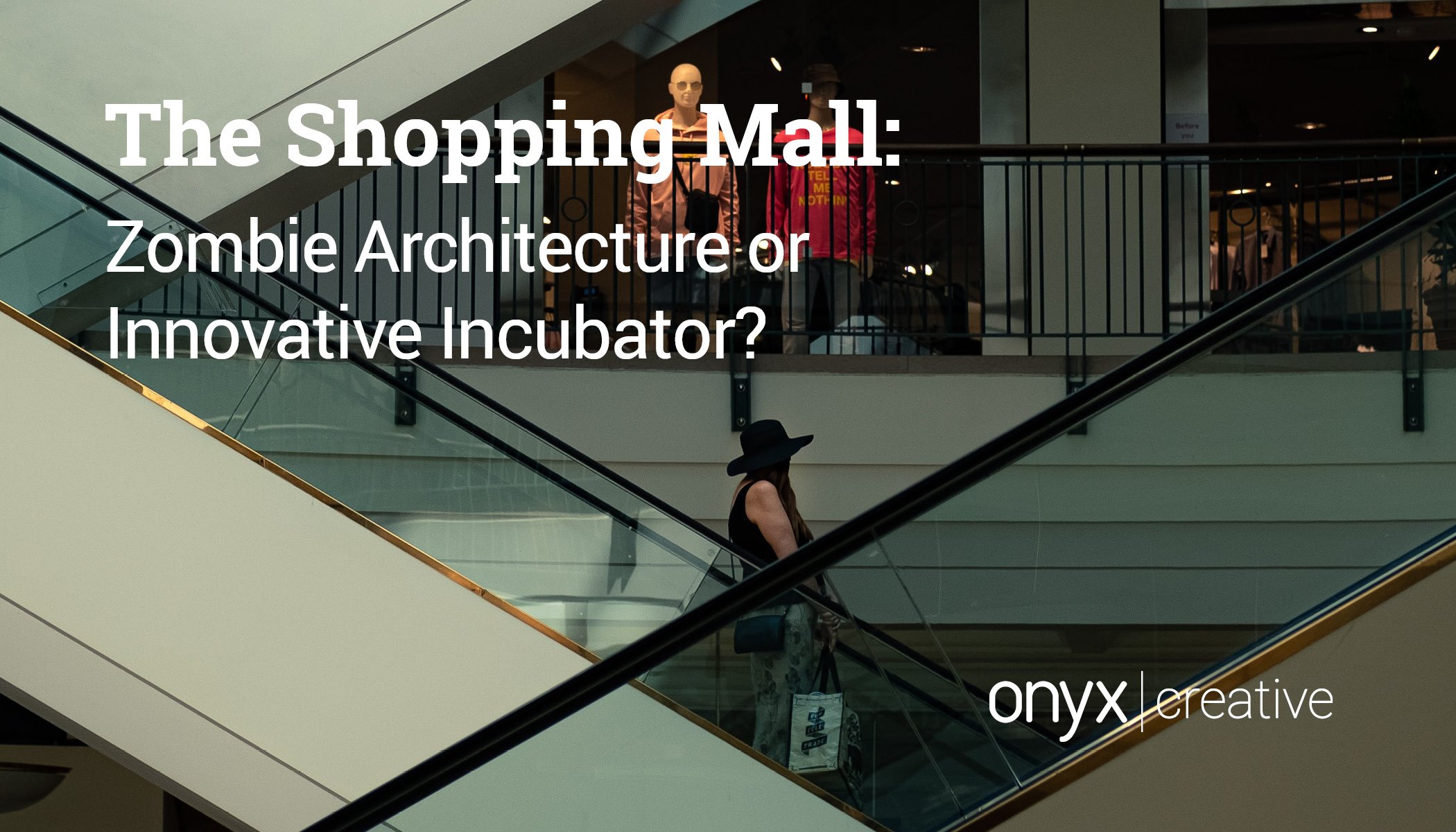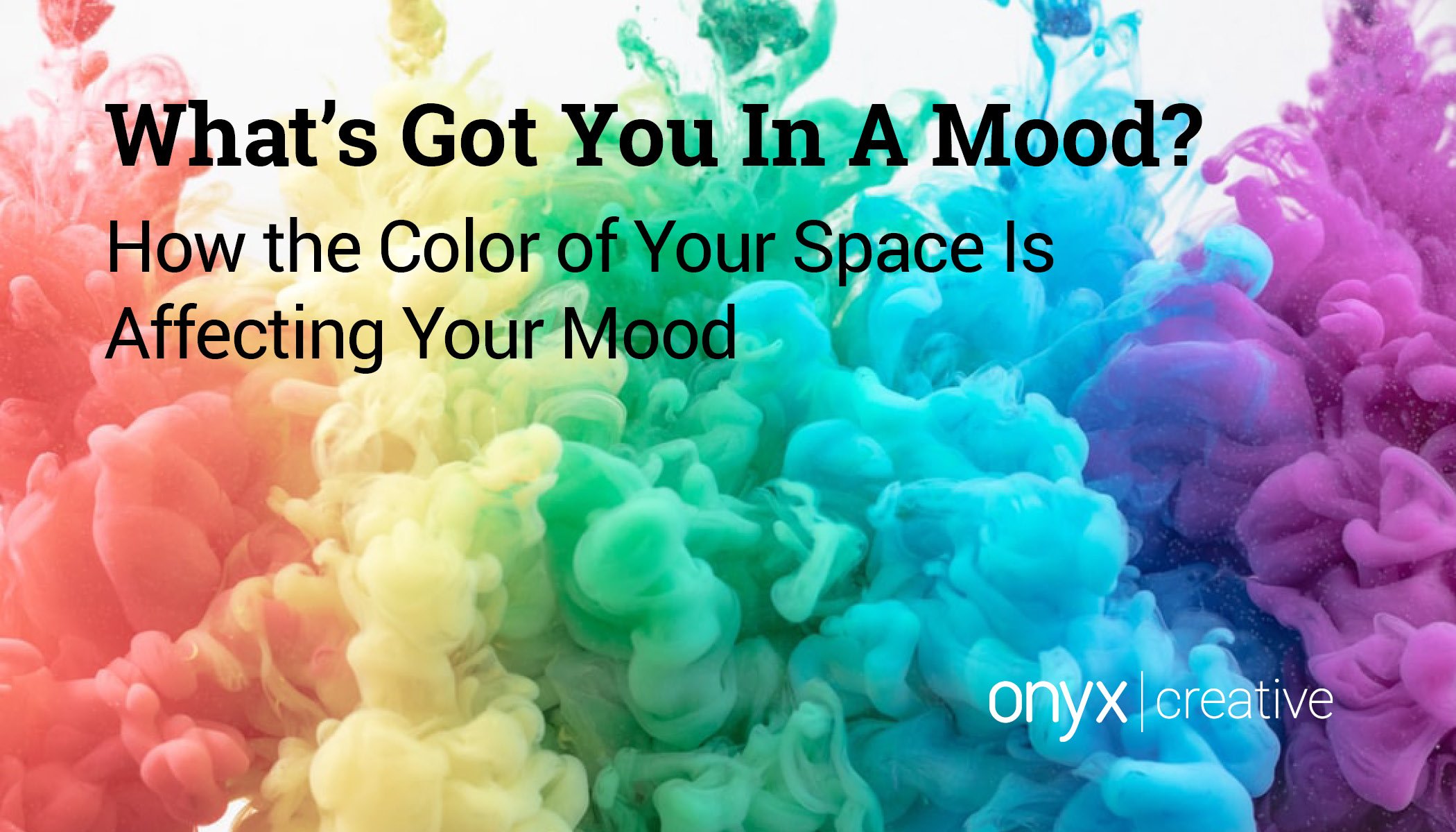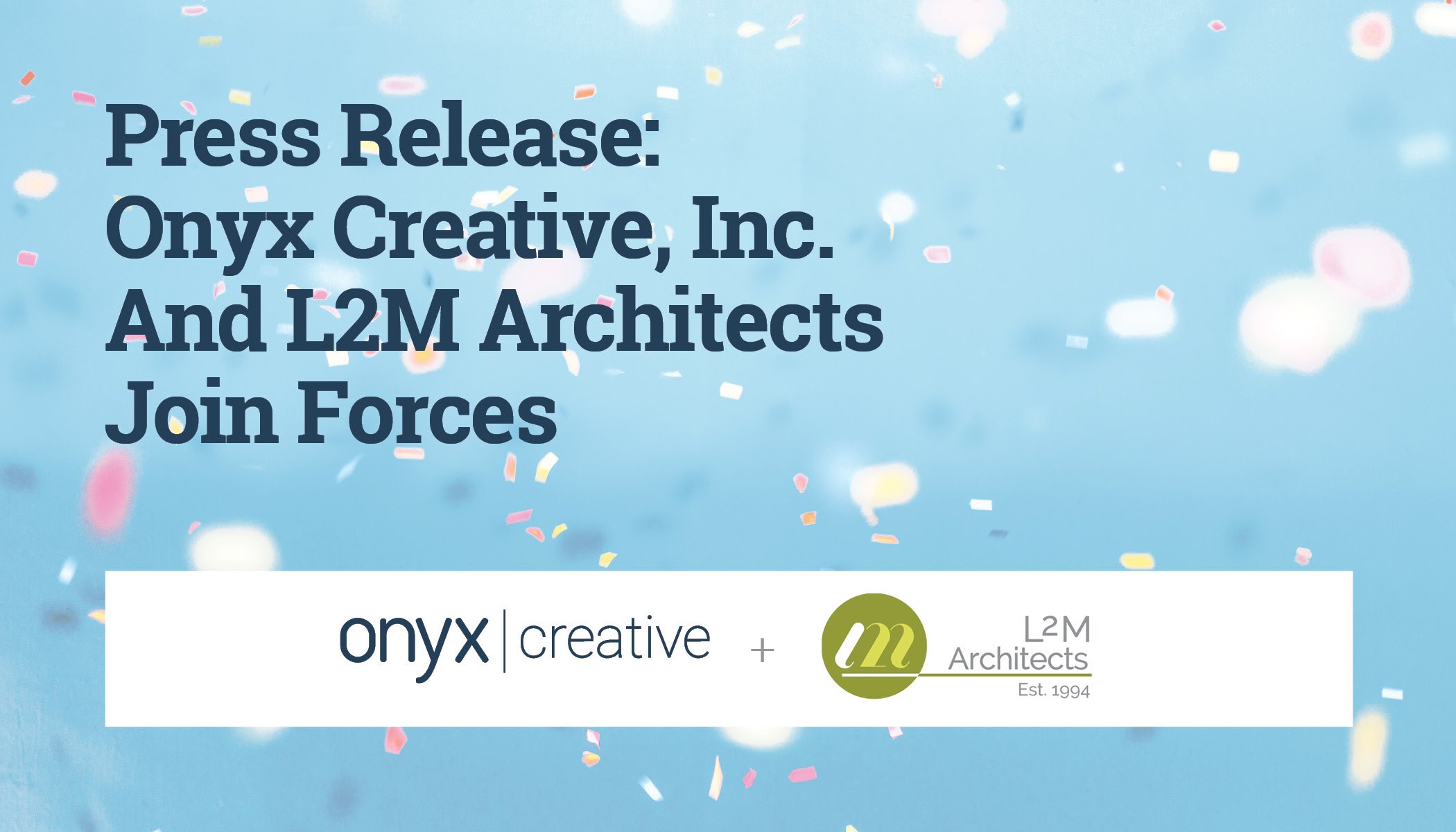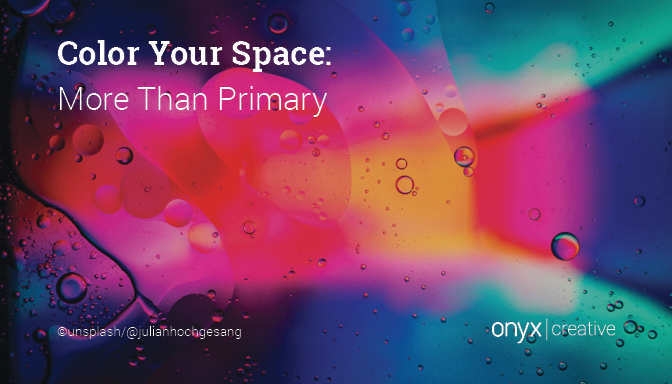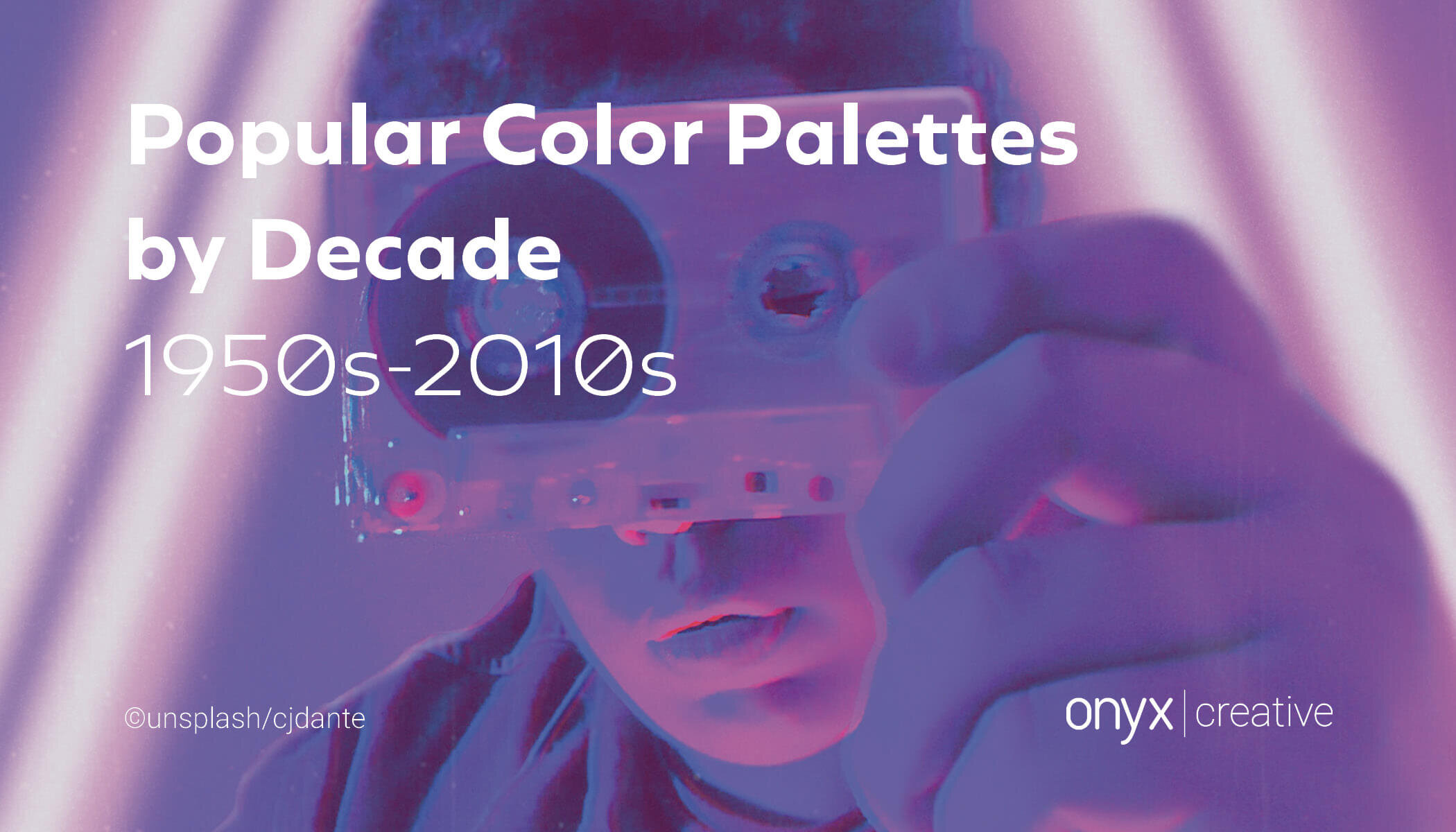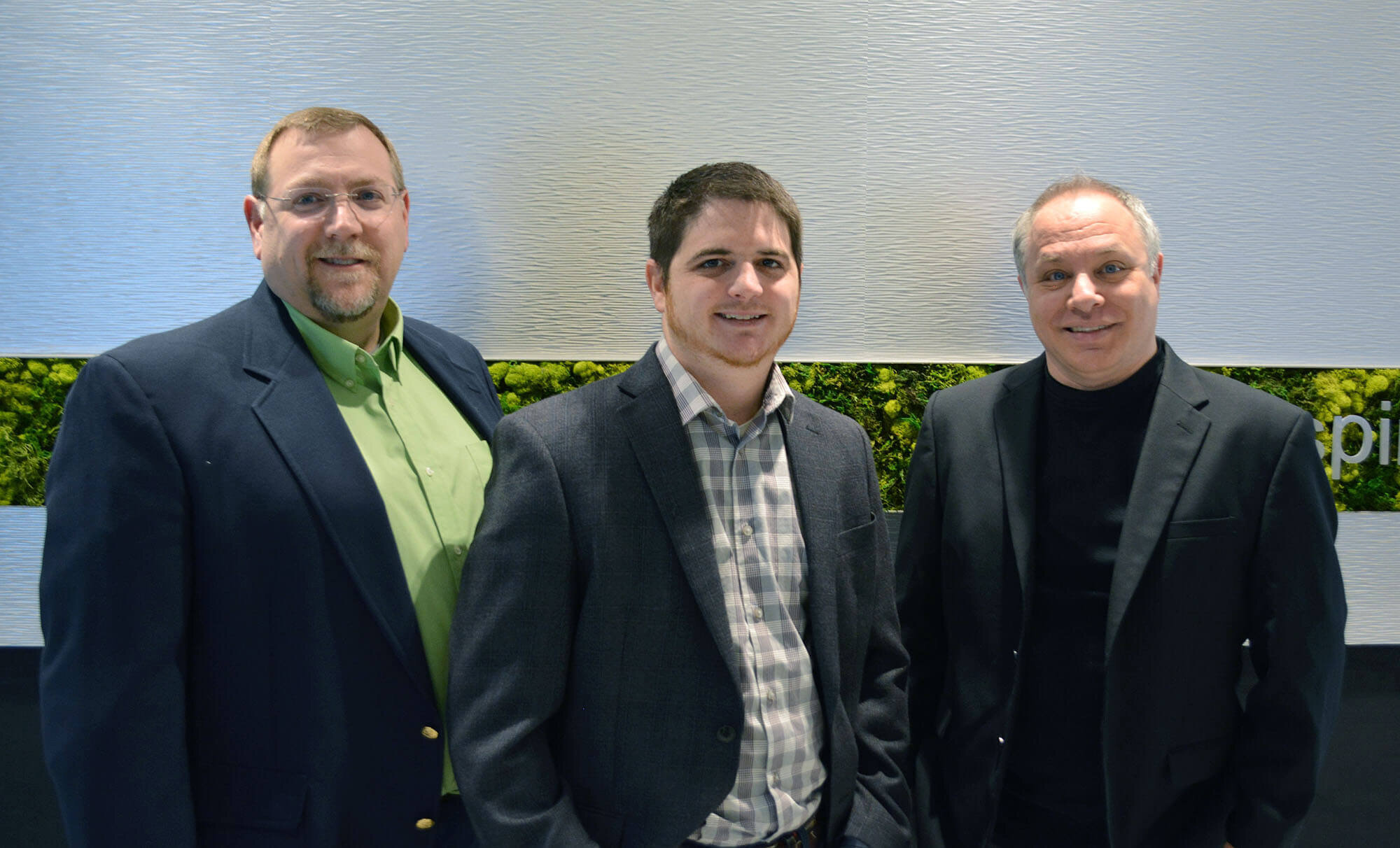We all know that it is important for children to have playtime, but as adults, we often forget it is important to us as well.
Why is this?
This is because play is built into our DNA. We can’t help but to be drawn to activities of play.
Research shows that there are many benefits of play. We learn to get along better with others and ourselves. Play strengthens the mind and the body, straightening the path toward social competency, emotional stability, physical capability, and success. Because play is instinctive; suppressing the instinct to play is harmful. Playlessness makes children and adults more vulnerable to depression, anxiety, impulsivity and sedentarism[1]. Play is a critical an integral part in designing for the human experience.
Nature
So where does play occur in the built environment? The most obvious and strongest is the outdoors. In previous blogs of this series, we noted the importance of bringing in nature to the built environment. There are many health benefits derived from connecting with nature including lower anxiety and stress, along with more visual stimulation. Humans inherently want to connect with nature. Health research recognizes a strong relationship between daily exposure to nature and healthy human development[3]. Studies indicate people who exercise outdoors enjoy their activity more and derive a greater level of satisfaction[5]. As a result, play creates a strong connection to the outdoors. The more natural the outdoor space, the higher the play value and the more often it becomes a sought after destination. Parks that incorporate high quality activities for both adults and children through various equipment and interactive tools will encourage more play, more time spent together and ultimately provide a more satisfying human experience.
One such destination is the City Museum in St. Louis. It not only has activities for every age group, but it expands across multi-stories both indoor and outdoor with a variety of textures and surfaces that stimulate the senses and provide the visitor with the ultimate human experience.
The outdoor environment naturally addresses many of our senses: smell, hear, touch, and sight. These are the same senses that we should strive to address in the interior built environment. If there is no outdoor access available, then creating an indoor area with a connection to the outdoors is a valuable alternative. This can be done simply by adding windows to let daylight in as well as a visual sight to sky or landscape. Installing operable windows can provide an additional connection to the sense of smell and sound. The space should also incorporate natural materials and opportunities to touch and feel these materials. Just as children may have sand or water tables to play in, adults have putting greens and swimming pools. All these things encourage activity and exploration. However, if none of the outdoor features can be integrated into the space to encourage play, there are other key factors that do: movement and music.
Movement
Movement is basic trait of the human body. We all learn through movement. Movement play lights up the brain and fosters learning, innovation, flexibility, adaptability, and resilience[2]. Providing activities that encourage movement boosts productivity and innovation within office environments. Success at work doesn’t depend on the amount of time you work; it depends upon the quality of your work, and the quality of your work is highly dependent on your well-being[6].
Merely by placing a few key pieces such as the Herman Miller Magis Spun Chair or an indoor slide between floors promotes a different form of movement that stimulates other muscles and senses that would not otherwise be awakened. They provide a sense of playfulness.
Outside of the workplace adults can explore other avenues of play. In the past, there were bowling lanes and billiard halls. Today there are much more variety of activities, such as ziplines, rock walls, and trampoline parks. They all have in common one thing: movement.
Music
Another key factor in encouraging play is music. Music has positive effects on learning, memory, and our ability to experience pleasure. It helps us grow as caring and connected individuals and enables us to build more harmonious communities[4].
Many entertainment venues not only have play equipment but also pump music throughout the space to encourage movement and connection among guests. Toy retailers often provide interactive opportunities to play with the musical merchandise. Items such as a colossal keyboard can bring two or more people together in perfect harmony.
As designers and architects, we are consciously designing more play into the built environment in order to create access and availability for everyone to physical activity and exercise, so that they may find more enjoyable experiences that enhance their well-being and ultimately provide a benefit to society. During these challenging times of the pandemic, we have to be more innovative in discovering new ways to incorporate and prioritize these play experiences, so we can better cope with our ever changing situation.





















